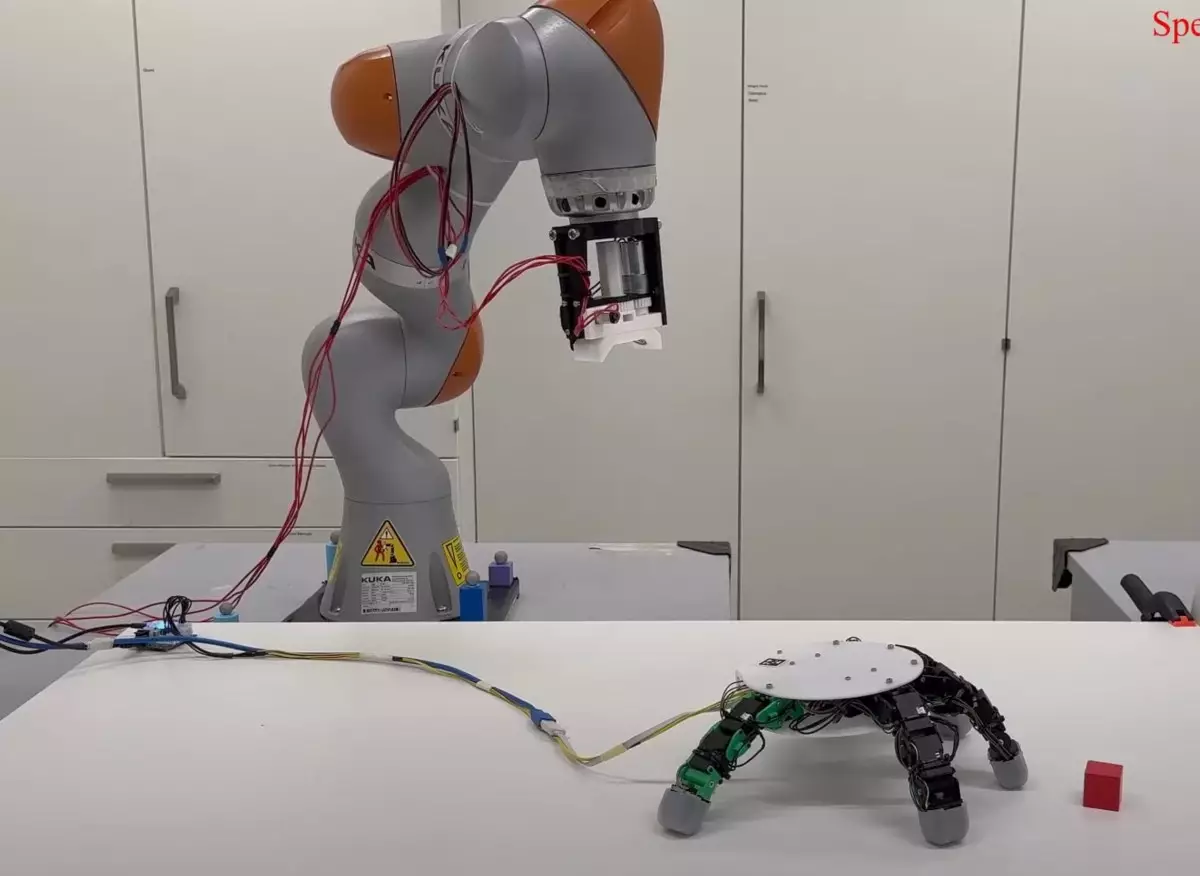In recent years, the field of robotics has seen exponential growth, particularly in the area of dexterous manipulation. Traditionally, robotic hands have been modeled after their biological counterparts, designed primarily for tasks that mirror human function. However, an exciting shift is unfolding, presenting opportunities for robots to transcend these biological limitations. One noteworthy example is the research unveiled at IEEE’s International Conference on Robotics and Automation. The study, titled “Beyond Manual Dexterity,” introduces groundbreaking concepts that push the boundaries of robotic abilities.
Unconventional Inspiration: The Role of Nature
For decades, robotic engineers have drawn inspiration from the natural world, using existing biological forms as templates for creating robotic limbs. While this approach has yielded significant advancements, it simultaneously risks constraining innovation to established forms. The researchers from EPFL in Switzerland challenge this norm by advocating for a departure from strictly imitating nature. They argue that by breaking away from these traditional paradigms, robots can develop unprecedented capabilities that extend beyond conventional expectations.
Despite advancements in deep learning algorithms that enhance multi-fingered manipulation, many challenges remain within cluttered environments where contact information is essential. The innovative research presented focuses on this critical gap, developing techniques that allow robotic hands to navigate complex scenarios more effectively. This exploration represents a pivotal moment in robotic design, showcasing a paradigm shift that elevates the potential for practical applications across various industries.
The researchers’ designs, which allow robotic hands to exhibit an unnatural range of motion, inevitably navigate through the uncanny valley—an emotional space where familiar objects evoke feelings of eeriness. The potential for a robotic hand to contort and adapt in surprising ways is fascinating but can also provoke discomfort. This duality highlights the importance of addressing psychological responses to advanced robotics. As these creations inch closer to resembling human appendages, the balance between utility and unsettling appearance becomes increasingly critical.
While some may draw parallels between these advancements and the eerie representations often found in horror movies, the implications of this research are far more significant. Researcher Xiao Gao’s playful reference to “horror bots” encapsulates the boldness of their approach. This pioneering work achieves a fine equilibrium between challenging societal perceptions of robotics and unveiling their true potential. Indeed, this revolutionary path, marked by unconventional design and innovative thought, sparks curiosity and enthusiasm within the robotics community.
As robotic designs evolve, so too will their applications in everyday life. The work presented by the EPFL team exemplifies a pivotal shift towards robots that can adapt, learn, and perform tasks in ways that transcend biological imitation. While the journey may elicit mixed feelings about the aesthetics and implications of such robots, it is clear that we are on the cusp of a new era in robotic capability. As the field continues to explore these frontiers, the potential for revolutionary applications becomes boundless, offering exciting possibilities that could reshape our interaction with technology.

